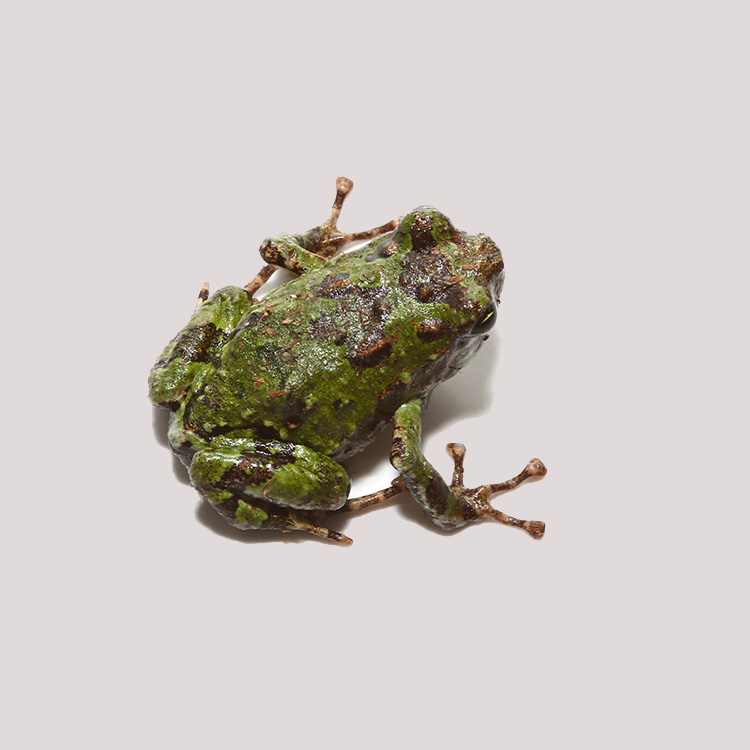Rain Frog for Sale: Open the Appeal of Nature with Your Own Amphibian Friend!
The Most Effective Reptile Enclosures: How to Create the Ideal Habitat
Producing the ideal habitat for reptiles is not almost putting them in a tank or room; it entails a thoughtful consideration of different elements that contribute to their general wellness. From the size of the enclosure to the type of substrate used, every element plays an essential role in offering an atmosphere where your reptile can grow. By recognizing the certain requirements of your reptile types and carrying out the best habitat setup, you can guarantee their wellness and joy in captivity.
Choosing the Right Enclosure Size
When picking an unit dimension for reptiles, it is critical to consider their all-natural habits and space needs to guarantee their wellness and health. When it comes to environment area, different reptile varieties have differing needs. Arboreal varieties like chameleons or tree snakes require upright area for perching and climbing up, while terrestrial species such as bearded dragons or leopard geckos require even more floor room for checking out and thermoregulation. Aquatic turtles like red-eared sliders necessitate units with both water and land areas for swimming and basking.
A general regulation of thumb is to offer ample room for the reptile to display natural habits, such as basking, concealing, climbing, and foraging. rain frog for sale. Inadequate space can cause stress, behavior problems, and also physical illness. Enclosures should additionally enable the placement of correct heating and illumination elements, in addition to ecological enrichment items like hides, rocks, and branches. By very carefully taking into consideration the particular requirements of the reptile varieties in question, owners can develop a suitable and enhancing environment that advertises overall well-being and motivates all-natural actions.
Establishing Correct Home Heating Components
To make certain the health and health and wellness of reptiles in their enclosures, it is essential to carefully establish up appropriate heating components. When setting up home heating components in a reptile unit, it is essential to take into consideration the certain temperature needs of the types you are caring for.
One common and reliable burner for reptile units is a heat light or ceramic warm emitter. These warmth sources can be made use of to produce a temperature level gradient within the unit, enabling reptiles to relocate between warmer and cooler locations as needed. In addition, under-tank heating pads or warm mats can be utilized to provide stomach heat, which is especially advantageous for reptiles that call for extra warmth to assist in digestion.
Monitoring the temperature within the unit using a thermometer is vital to ensure that the heating aspects are keeping the ideal temperature range for your reptile. On a regular basis examine and adjust the burner as needed to produce a healthy and balanced you can find out more and comfy environment for your scaly pal.
Choosing Appropriate Illumination Components

Supplying the Perfect Substratum
Choosing the suitable substrate is important for creating a comfy and ideal environment for reptiles in their enclosures. Some additional reading reptiles, such as desert-dwelling varieties like bearded dragons, grow on substratums like calcium sand or reptile rug, while others, like ball pythons, favor coconut husk or aspen bed linens to preserve humidity degrees.
In addition, the dimension of the reptile ought to also affect your option of substrate, as hatchlings might call for a finer product to stop consumption. Avoid substratums that can trigger impaction, such as loose substratums like sand or gravel, especially for reptiles recognized to ingest their bed linens. Consistently cleaning and replacing the substratum is important to make certain a tidy and hygienic setting for your reptile. By selecting the ideal substratum, you can contribute to the Continue general health and well-being of your flaky buddy.
Designing for Enrichment and Comfort
Taking into consideration the substrate's function in giving a structure for all-natural habits and keeping a suitable atmosphere, boosting the reptile unit with proper designs is critical for both enrichment and comfort. Designs such as branches, rocks, hideouts, and fabricated plants not only produce an extra aesthetically appealing habitat yet additionally serve practical functions. Branches give climbing chances for arboreal types, while rocks can work as basking spots for warmth. Hideouts provide shelter and protection, reducing tension levels for the reptile. Man-made plants not just boost the aesthetics but likewise offer concealing areas and enrichment by enabling the reptile to connect and explore with its environment. When decorating the enclosure, it is important to think about the reptile's species-specific requirements and habits to produce an area that promotes mental and physical well-being. By incorporating a variety of decors that mimic the reptile's all-natural environment, proprietors can ensure their animal's comfort and stimulate their natural reactions, inevitably bring about a better and much healthier reptile.
Verdict

Developing the perfect habitat for reptiles is not just concerning positioning them in a tank or room; it entails a thoughtful factor to consider of various elements that add to their total health.Selecting the suitable substrate is necessary for developing a suitable and comfortable atmosphere for reptiles in their rooms. Some reptiles, such as desert-dwelling types like bearded dragons, prosper on substratums like calcium sand or reptile carpeting, while others, like round pythons, prefer coconut husk or aspen bedding to maintain humidity levels.
By incorporating a variety of decorations that imitate the reptile's natural habitat, owners can ensure their pet's comfort and stimulate their natural instincts, ultimately leading to a better and much healthier reptile.
In verdict, developing the excellent environment for reptiles involves choosing the ideal room dimension, heating aspects, lighting fixtures, substrate, and decors.